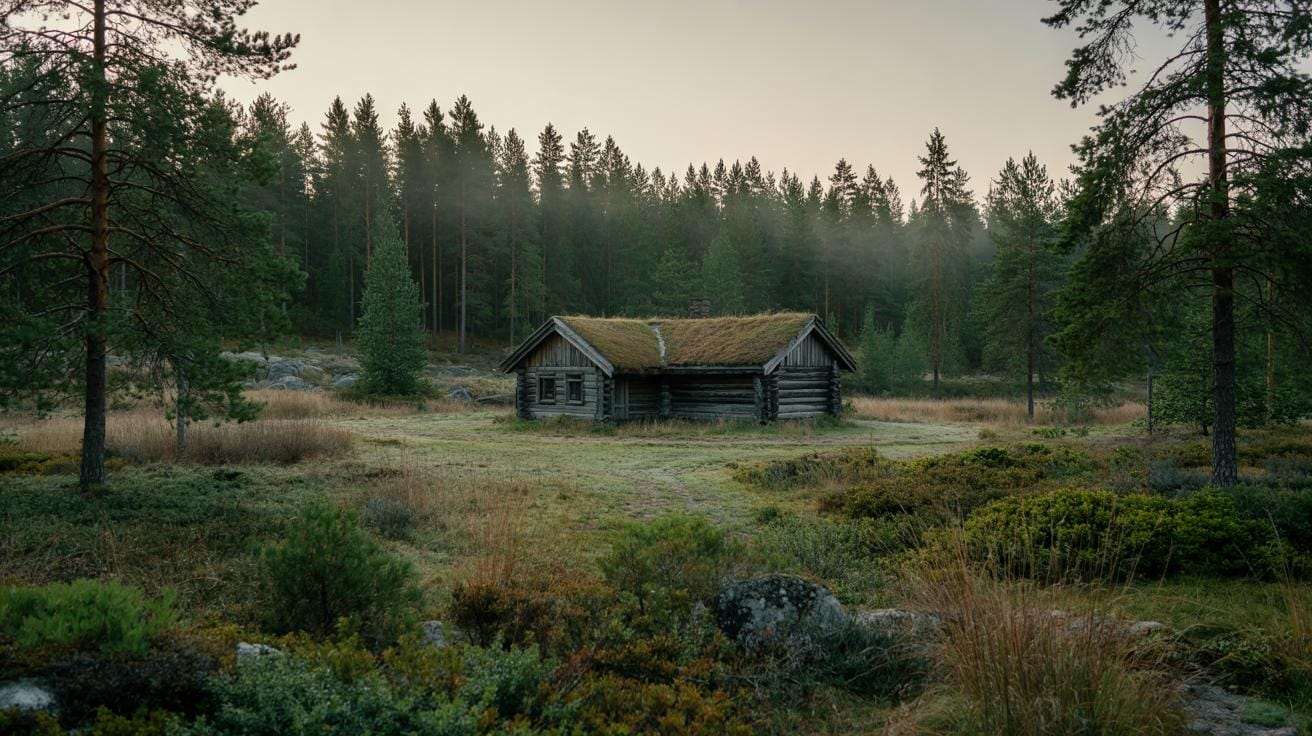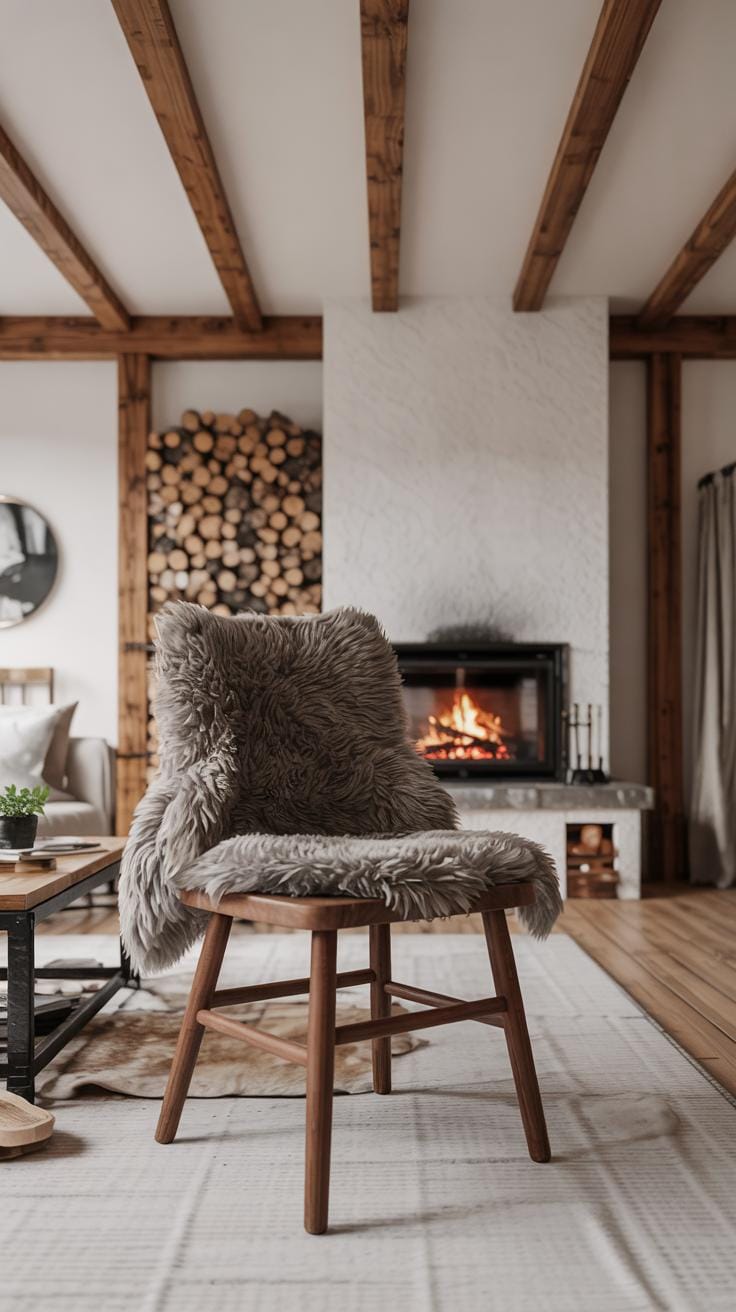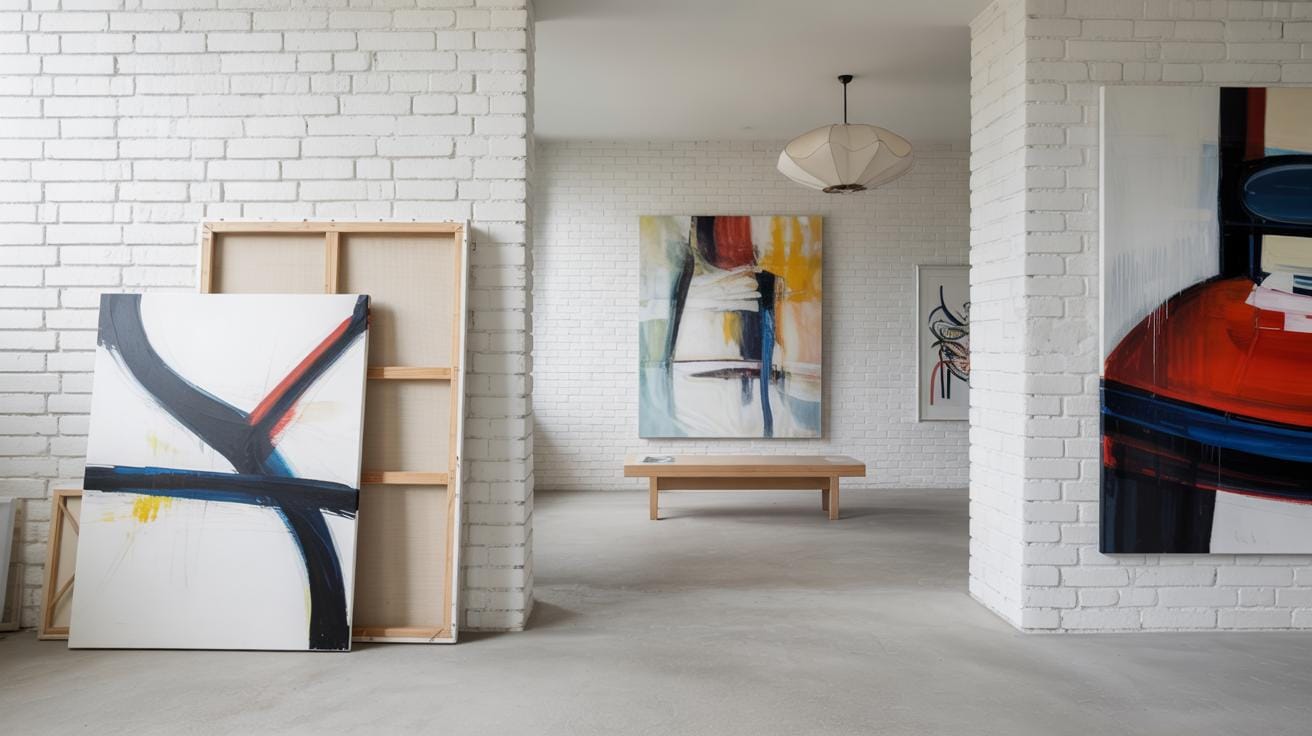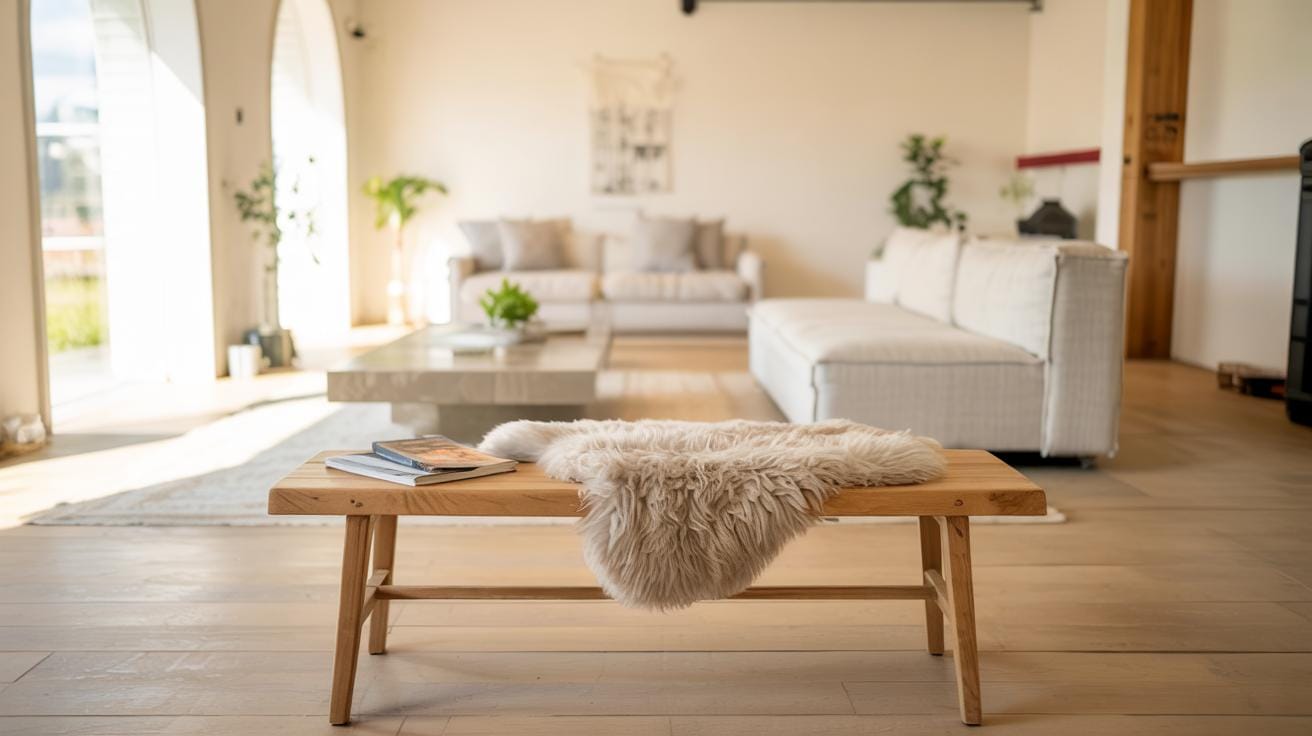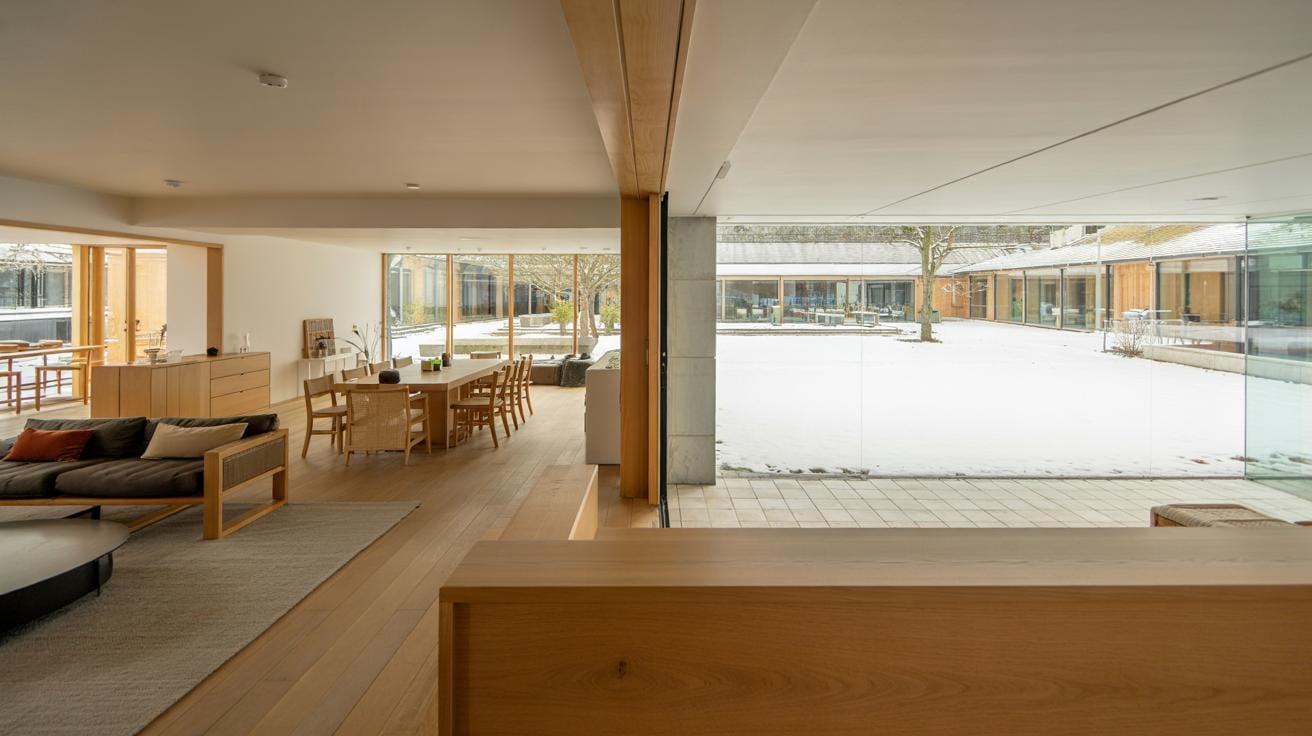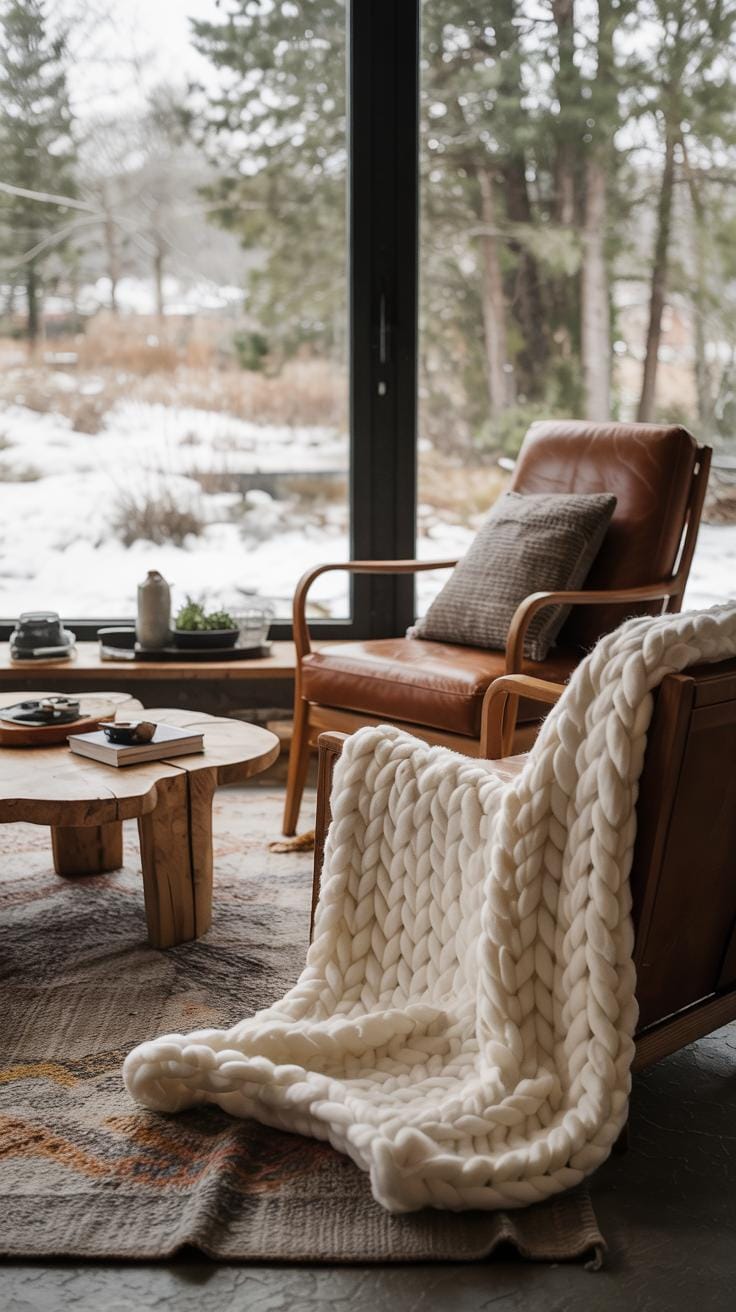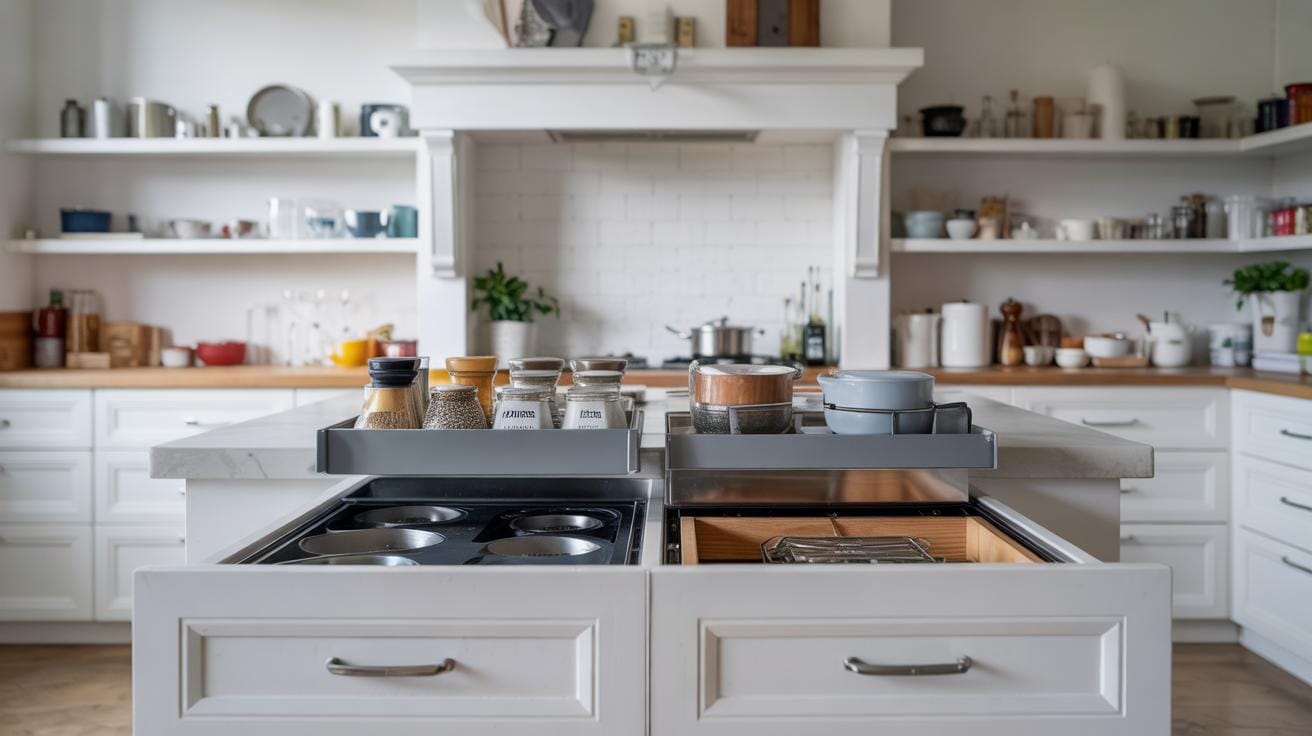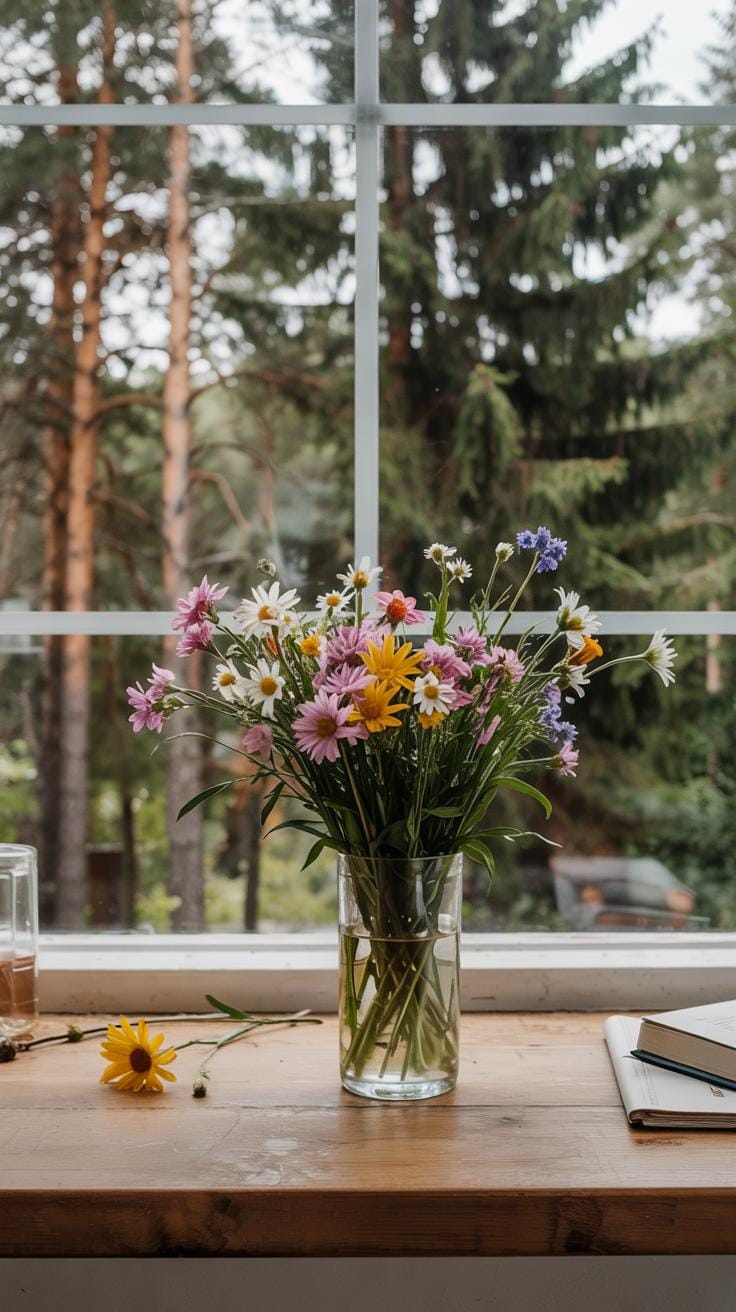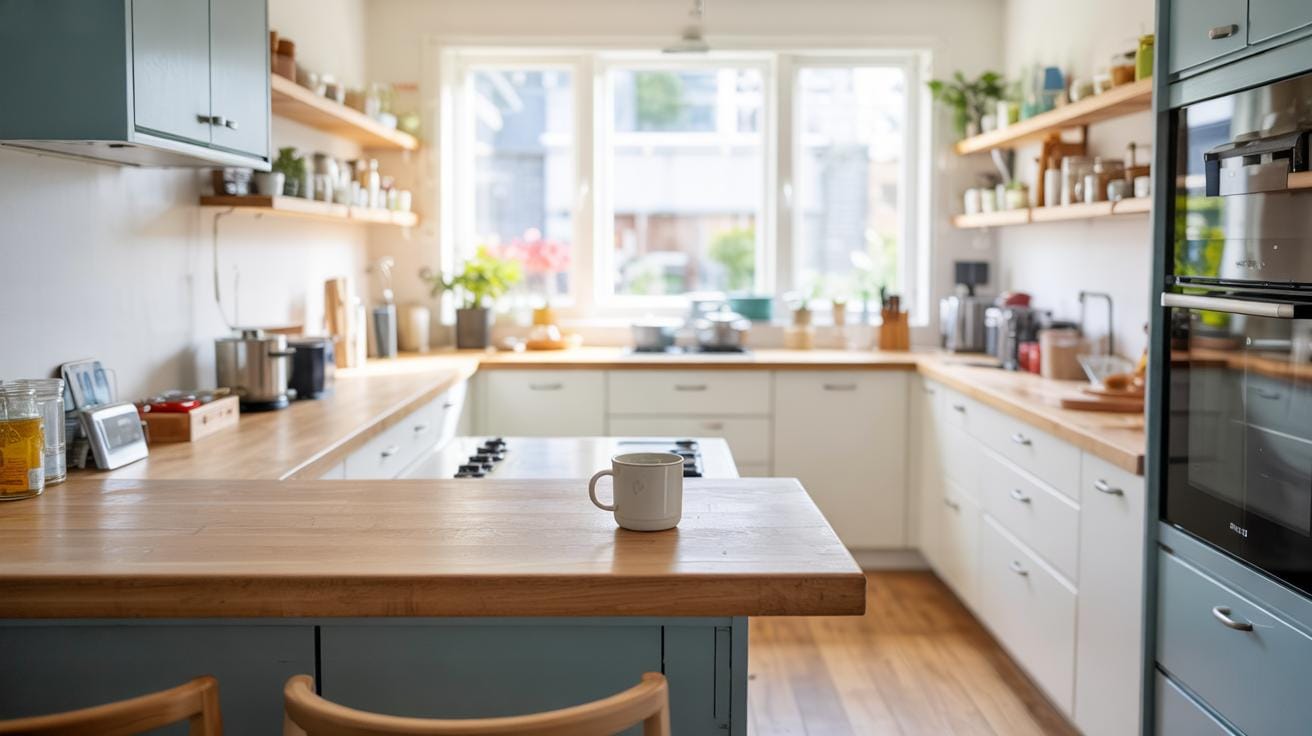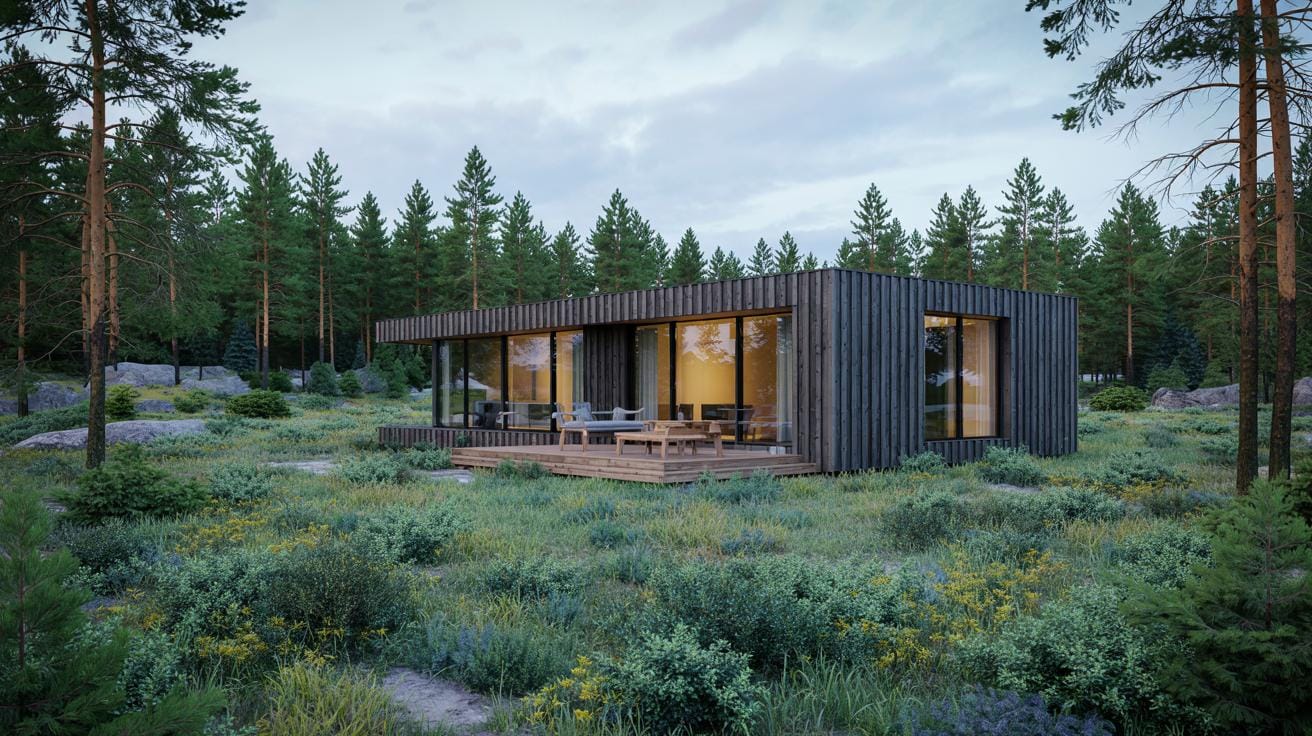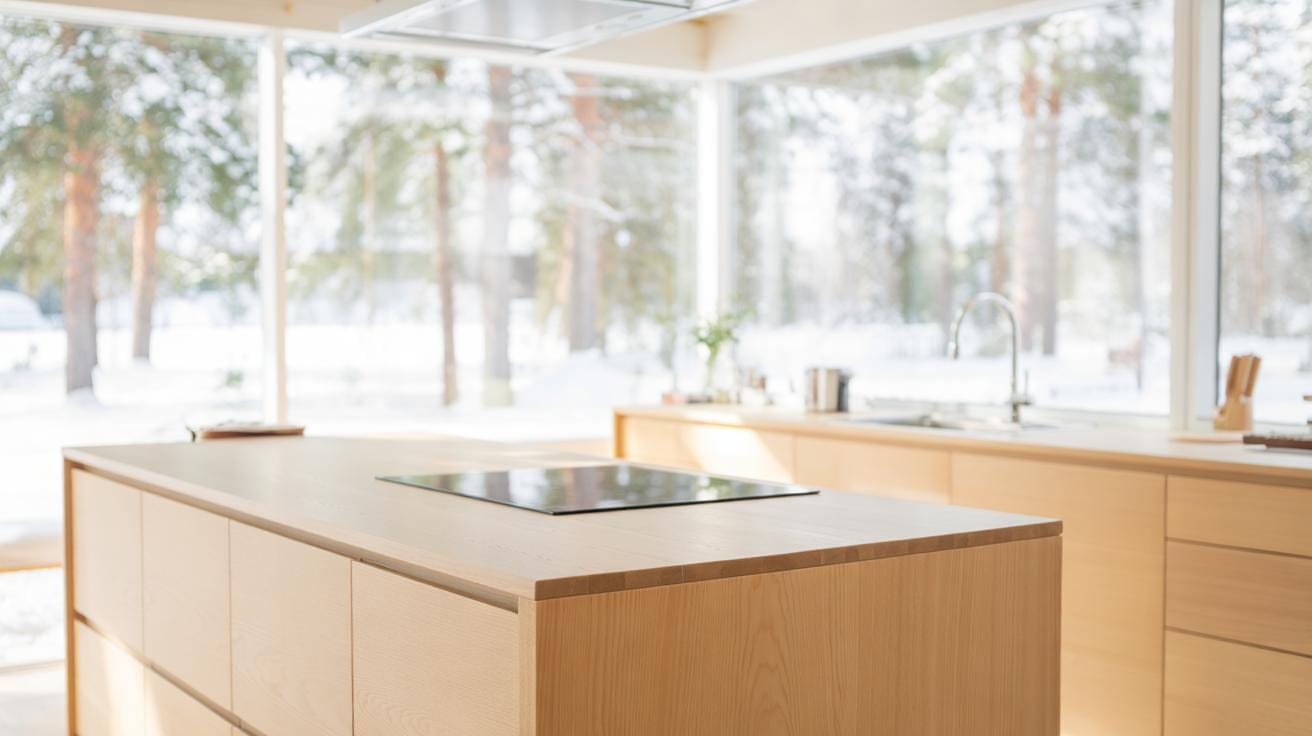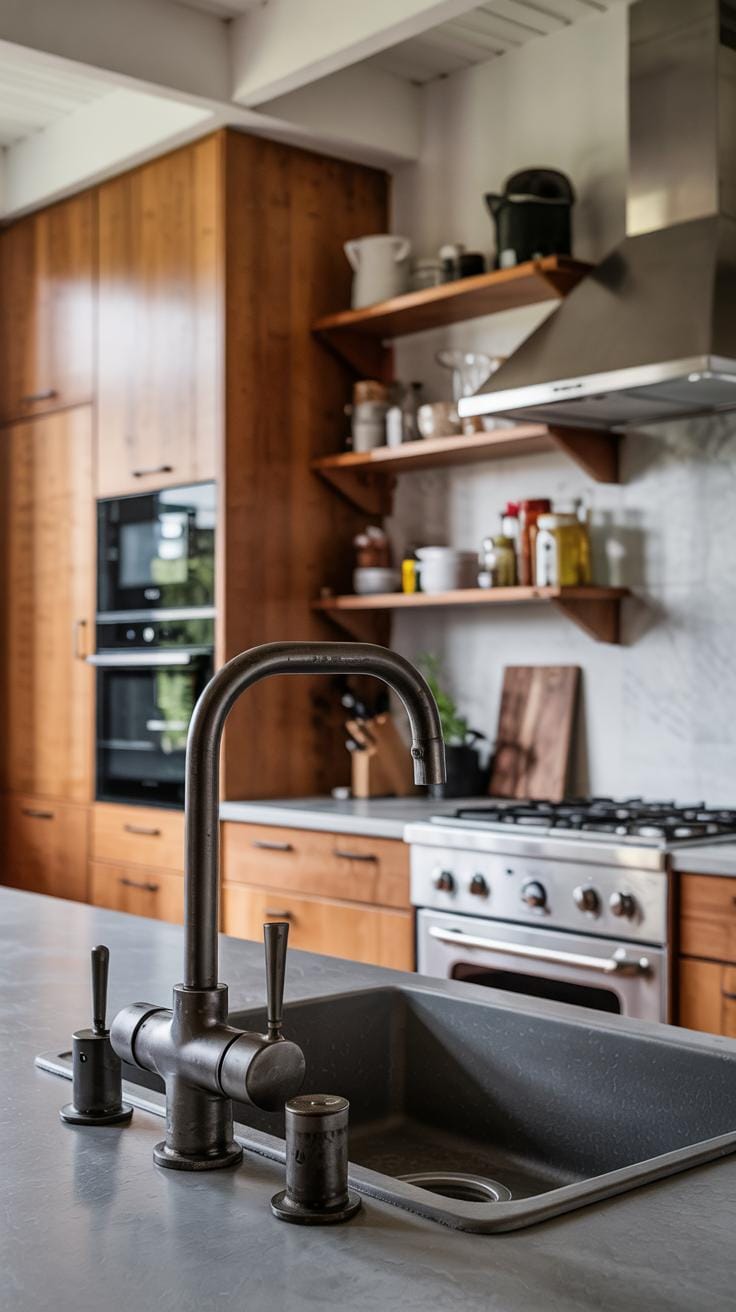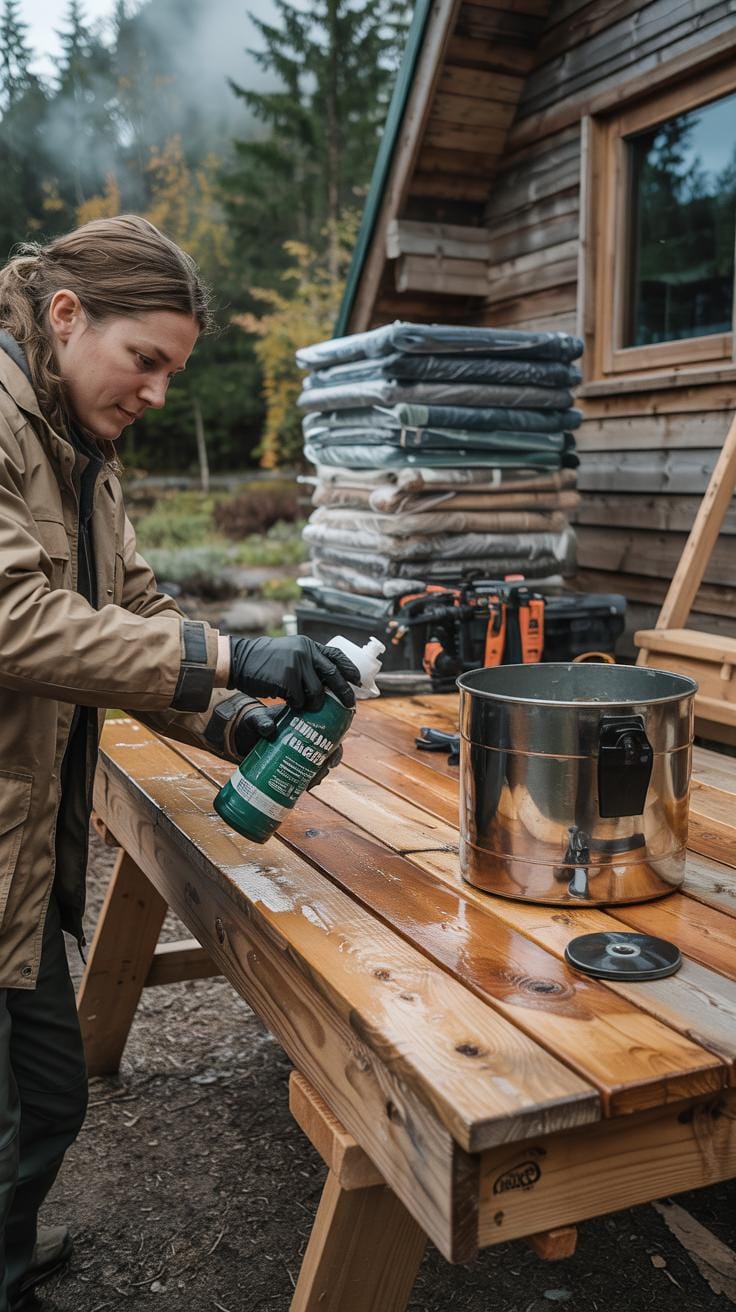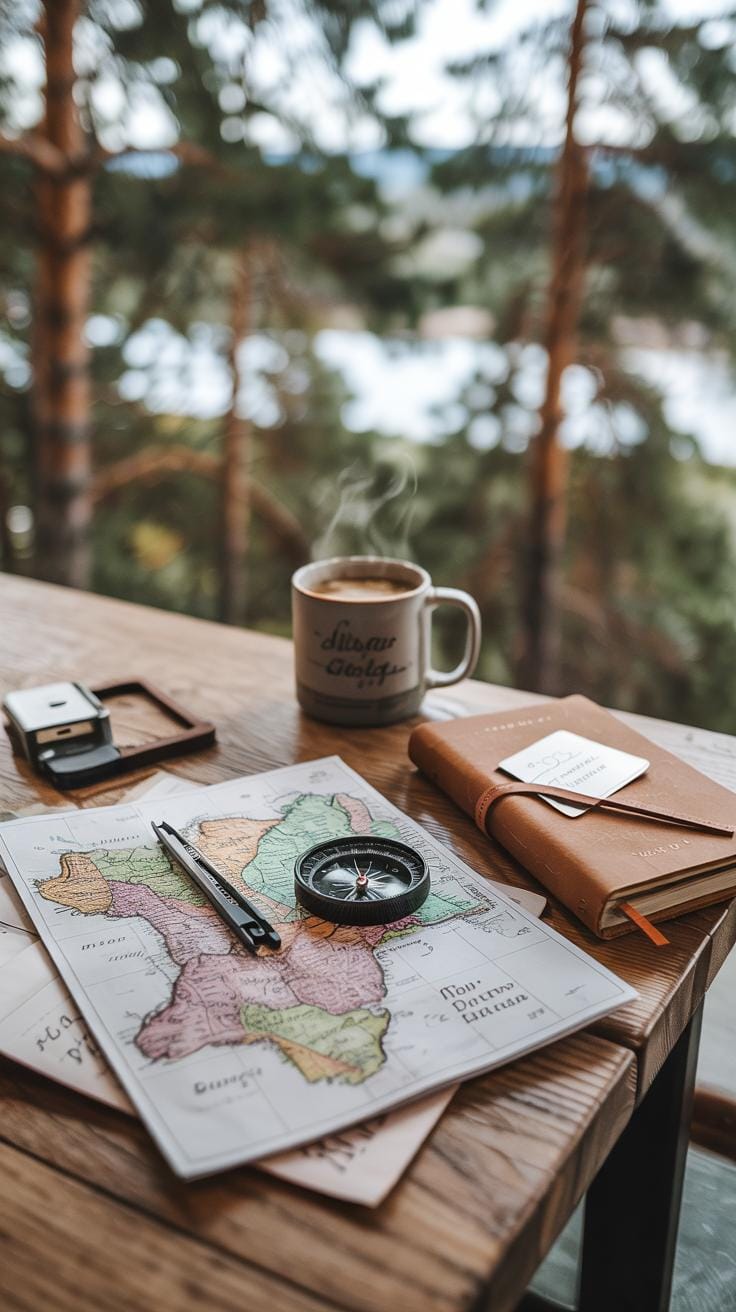Introduction
The Scandinavian cabin offers a unique blend of simplicity, comfort, and nature. Designed with a focus on functionality and minimalism, these cabins create a peaceful retreat away from city life. You will find a strong connection to the natural environment through the use of wood and large windows that bring natural light indoors. The design embraces clean lines with an emphasis on the essence of rustic living.
Rustic charm defines the Scandinavian cabin experience. The interiors reflect warmth and hospitality through cozy furnishings and practical layouts. Sustainability often guides construction choices, using local materials that harmonize with the surroundings. This article explores the key features, design principles, and benefits of settling into a Scandinavian cabin retreat that highlights rustic charm and timeless appeal.
Defining Scandinavian Cabin Style
Scandinavian cabin design focuses on simplicity and function. It uses natural materials like wood and stone to create a space that feels calm and inviting. Clean lines and uncluttered spaces define the style, making it easy to relax and enjoy your surroundings.
These cabins connect strongly to nature. Large windows and open layouts allow light and the outdoors in, blending inside and outside living. You can feel the fresh air and see the landscape while staying warm and comfortable.
The style grew from practical needs in cold climates. Early settlers used local materials and built efficient homes. This history shaped the focus on durability, warmth, and easy living. When you embrace this design, you choose comfort without complexity.
Materials and Construction
Wood is the main material in Scandinavian cabins. Pine, spruce, and cedar are popular for their strength and natural beauty. Stone is also common, adding solid foundations and textured walls. Glass plays a big role too, letting in daylight and views.
These materials last long and require minimal upkeep. Their natural quality supports sustainability, reducing waste and environmental impact. Builders often use tight joints and thick insulation to keep cabins warm during harsh winters.
Construction methods focus on energy efficiency. Double-glazed windows and well-sealed doors prevent heat loss. You might ask yourself how you can build a home that remains cozy without heavy heating. Scandinavian cabins offer answers through smart design and material choice.
Design Principles
Minimalism lies at the heart of Scandinavian cabin design. Rooms avoid excess furniture or decoration, keeping spaces open and easy to move through. This gives your mind room to rest and your body room to unwind.
Light maximization shapes the layout. Large windows face the sun’s path, bathing interiors in natural light. Skylights or glass doors add to this effect, creating bright, cheerful spaces even on cold days.
The open plan creates flow and flexibility. Living, dining, and kitchen areas connect without walls, making it simple to move and socialize. How would your day change if your retreat invited light and air at every turn? Scandinavian cabins answer that question with every design choice.
Elements of Rustic Charm in the Cabin
Exposed wooden beams often catch your eye as you step inside a Scandinavian cabin. These beams show the natural grain and texture of the wood, creating a strong, honest feel. Wood paneling lines the walls, giving each room a cozy, inviting look. Stone accents, like a hearth or a fireplace, add weight and a connection to the earth. They offer a cool contrast to the warm wood surfaces, balancing the space.
Simple furnishings in natural materials keep the focus on comfort and practicality. Wooden chairs or tables with clean designs remind you of thoughtful craftsmanship. These elements work together to create a space that feels authentic and lived-in. You might wonder, how does this rustic charm affect your experience here? It anchors you to nature and time, making every moment in the cabin calm and real.
Interior Details
Handmade textiles like wool blankets and woven rugs bring an extra layer of warmth. Their subtle patterns add texture without overwhelming the space. Simple furniture, often crafted from light wood, avoids ornate details, inviting you to sit and relax without distraction. This freedom enhances comfort and peace.
Natural color schemes feature soft whites, muted grays, and earthy tones. They reflect the surrounding landscape and shift naturally with the light. When you live surrounded by these colors, your senses settle, and the cabin feels like an extension of the outdoors. Think about your own space—how could such colors and tactile details change the way you relax?
Exterior Features
A stone pathway leading to the cabin entrance encourages slow, mindful steps. These stones feel sturdy underfoot and appear as if they grew there naturally. Wooden porches offer a spot to pause and breathe in fresh air, blending the indoors with the open world.
Natural landscaping uses native plants and avoids sharp edges or unnatural colors. This approach helps the cabin settle softly into the environment without drawing unwanted attention. How might a similar outdoor design affect your own home or retreat? The seamless interaction between the cabin and nature invites you to slow down and appreciate the world just outside your door.
Creating Cozy and Functional Spaces
Your Scandinavian cabin should balance comfort and practicality. Arrange furniture to open up pathways and make the most of limited space. Think about flexible layouts that let you shift pieces for different activities, like moving a dining table closer to the kitchen or creating a quiet reading corner. Multipurpose furniture works well here. For example, a bench with storage underneath or a foldable table can serve several needs without crowding the room.
Keeping your cabin clutter-free boosts comfort and usability. Avoid excess items that can crowd areas and break the peaceful feel. Ask yourself what you truly need before adding furniture or décor. Aim for simplicity so your space feels calm but still inviting.
Living Areas
Creating an inviting living room starts with efficient use of space. Choose furniture with clean lines to keep the room open and easy to move around. Use natural textiles like wool or linen for cushions and throws to add warmth without bulk. Consider warm lighting, such as soft lamps or candles, to make the room feel welcoming when daylight fades.
A central fireplace or wood stove acts as a gathering point. It draws people together and adds both heat and atmosphere. Position your seating so everyone faces the hearth to promote a sense of connection and relaxation.
Sleeping and Resting Spaces
Your bedroom should support rest with simple design and natural materials. Use wooden bed frames and light bedding made of cotton or linen to maintain breathability. Avoid heavy patterns or too many colors, which can distract your mind.
Keep surfaces clear and limit furniture to what is necessary. A small bedside table and a lamp will do. Ask yourself if every item in the room encourages calm or causes distraction. Soft, neutral tones help you wind down after a busy day in nature.
Integrating Nature Into the Cabin Experience
Scandinavian cabins create a natural connection between the indoors and outdoors. Their architecture often uses simple lines and natural materials like wood and stone, blending the cabin with its surroundings. You will notice how the layout encourages movement between indoor spaces and the environment outside.
Outdoor living areas play a key role in this connection. Spaces such as decks, patios, and porches extend the cabin’s footprint and invite you to spend time outside. These areas often feature seating and dining options, helping you enjoy fresh air while relaxing or sharing meals.
Window placement enhances this experience by framing views of nature and flooding the interior with daylight. Windows are positioned thoughtfully to open up sightlines to forests, lakes, or mountains. This design encourages you to appreciate seasonal changes and natural beauty without leaving the comfort of the cabin.
Large Windows and Natural Light
Large windows are essential in Scandinavian cabin design. They bring in sunlight that brightens rooms naturally. Imagine waking up to sunlight streaming through wide panes, lifting your mood instantly.
Expansive windows also offer clear views of trees, skies, or water outside. This constant visual connection to nature supports well-being and makes your time indoors feel less confined.
Using daylight reduces the need for artificial lighting, which saves energy and cuts utility costs. Think about how a well-lit room feels warmer and more inviting without extra heaters or lamps.
Outdoor Living Spaces
Extending your living area outdoors creates new ways to enjoy nature. Scandinavian cabins feature decks or patios furnished with chairs, benches, and sometimes even fire pits. These spots become natural gatherings for coffee breaks, reading, or evening talks under the stars.
Sometimes, the outdoor sections are designed to flow directly from indoor rooms, like kitchens or living rooms. This seamless transition makes it easy to move between spaces for activities like cooking or entertaining.
Do you consider your outdoor areas as important as those inside? Making them comfortable and functional encourages you to spend more time outside, experiencing the calm and simplicity Scandinavian cabins are known for.
Sustainability and EcoFriendly Choices
Scandinavian cabins often prioritize sustainability through careful selection of building materials and design. You will find that wood comes from forests managed to support long-term growth, ensuring the environment can renew itself naturally. Using wood harvested close to the building site reduces transportation emissions and supports local economies. Natural insulation materials like sheep’s wool or hemp help maintain warmth while avoiding harmful chemicals.
Energy efficiency plays a key role in cabin design. Wood stoves provide a reliable heat source using renewable fuel, creating warmth without heavy reliance on electricity. Solar panels offer a clean power option by capturing sunlight, even in remote areas. Thoughtful design, such as tight window seals and walls layered for insulation, helps keep the cabin warm during cold months and cool during summer. These choices lower your energy bills and shrink your carbon footprint.
How might your choice in materials and energy sources impact the environment? Choosing local, renewable materials and efficient heating not only supports sustainability but also gives your cabin a lasting, natural connection to its surroundings.
Renewable Materials
Using wood from sustainably managed forests ensures that trees are replanted and ecosystems remain healthy. This practice keeps forests thriving for future generations. When you choose local wood, it reduces transport distances, which lowers carbon emissions linked to delivery. Local materials also help the cabin blend with its environment, adding authenticity.
Natural insulation like sheep’s wool traps heat efficiently and controls moisture without synthetic chemicals. Hemp and cellulose made from recycled paper also reduce environmental harm. These materials help your cabin maintain steady temperatures while improving indoor air quality. Choosing natural options supports biodiversity and lessens waste.
Have you considered how your building materials affect local ecosystems and air quality in your cabin?
Energy Efficiency and Eco Technologies
Wood stoves remain popular for heating Scandinavian cabins because they use sustainable wood fuel and help create a cozy atmosphere. Modern stoves burn more cleanly, reducing smoke and pollutants. Solar panels can power lights and small appliances when the cabin is off-grid, making use of the long daylight hours in summer.
Design features like triple-glazed windows and thick walls filled with natural insulation improve temperature regulation. These reduce energy use for heating and cooling. A compact cabin layout means less surface area exposed to cold air, saving heat. Ventilation systems can recycle indoor air to boost freshness without losing warmth.
What small changes could you make in your cabin to save energy and reduce your environmental impact? Simple additions like solar lights or upgraded insulation can make a big difference over time.
Adapting Scandinavian Cabin Style to Modern Needs
Scandinavian cabin design focuses on simplicity and warmth. You can keep that rustic charm while adding modern comforts.
Modern kitchens in these cabins use clean lines and natural materials like wood or stone to match traditional styles. Appliances with minimalist designs, such as a matte black fridge or a compact induction cooktop, fit right in without looking out of place. Bathrooms can include sleek fixtures set against wooden walls or stone floors, preserving the natural feel.
Smart home features work best when they stay subtle. Imagine controlling your cabin’s lights and temperature through a hidden panel or an app. This blend keeps your cabin cozy but up to date. How do you balance easy living with a rustic atmosphere? Thoughtful planning helps your cabin stay true to its roots while adding useful technology.
Modern Amenities
Efficient appliances save energy and keep your cabin comfortable. Using induction stoves or energy-star rated refrigerators reduces power use without sacrificing function.
Installing water-saving fixtures in the kitchen and bathroom fits the eco-conscious mindset common in Scandinavian design. Choose natural wood cabinets or cabinets with wood veneers to blend modern and rustic. Compact dishwashers and laundry machines designed for small spaces also work well.
How can you make your cabin feel modern but not cluttered? Focus on tools and fixtures that fit the style and size of your space.
Technology Integration
Technology is useful but should not overwhelm the cabin’s natural look. Install soft LED lighting strips under beams or behind shelves rather than large ceiling fixtures. This provides warmth without disrupting the rustic design.
Heating can be managed with smart thermostats that learn your schedule. They turn down heat when you’re away and warm up the space before you return. Security cameras and sensors can hide in wood or behind plants for safety without spoiling the view.
What technology would help your daily cabin life but still feel invisible? With careful placement, you get convenience that respects your cabin’s peaceful style.
Maintenance and Upkeep of a Scandinavian Cabin
Your Scandinavian cabin depends on regular care to keep its distinct look and resilience. Wooden surfaces, both inside and out, need careful attention to stay strong and attractive. You should clean wooden floors and walls gently with a soft brush or cloth, avoiding harsh chemicals that can strip natural oils. Treat wood annually with natural oils or stains designed for cabins; these help shield against cracks and fading caused by sun and wind. Checking for signs of insect damage or rot is key—catching issues early makes repairs easier and less costly.
Moisture is a major challenge. Keep gutters clear and direct water away from the foundation using proper drainage. Ventilate your cabin well to prevent mold, especially in kitchens and bathrooms. Consider using a dehumidifier during damp seasons to protect wood and indoor air quality. Don’t wait for problems to appear; regular inspections protect your cabin’s charm and extend its lifespan.
Wood Care and Protection
Wood is central to Scandinavian cabin design, so protecting it is vital. Apply a high-quality wood sealant to exterior walls before winter arrives. This blocks rain and snow from soaking in and causing swelling or warping. For interiors, use natural oils like tung or linseed oil that nourish the wood without leaving a plastic feel. These oils also repel dust and make the grain more vibrant.
Watch for pests like termites or carpenter ants. Set traps near the cabin or use non-toxic insect repellents if you notice activity. Repair any damaged wood immediately to prevent spread. You can sand rough patches lightly before treating, which helps the protective layers stick better. How often have you inspected the cabin’s surfaces this year? Scheduling this task regularly helps avoid costly replacements.
Seasonal Maintenance
Each season brings unique tasks for your cabin’s upkeep. In spring, clear leaves and branches away from roofs and gutters to prevent water blockage. Check the condition of roof shingles and fix loose or missing ones promptly. Summer is a good time to repaint or reseal decks and exterior trim because dry weather helps coatings set well.
Autumn means preparing heating systems for colder months. Clean your wood stove or fireplace and test any electric heaters. Inspect weather stripping on doors and windows to reduce drafts and heat loss. Winterproof your cabin by sealing any gaps and watching for ice dams on roofs, which can cause leaks. Will you set reminders to tackle each seasonal chore? A simple calendar can keep maintenance on track and your cabin welcoming year-round.
Planning Your Scandinavian Cabin Retreat
Choosing the Location
Think about the climate you prefer for your cabin retreat. Do you want a snowy winter for cozy fireside evenings or milder weather for hiking and outdoor activities? Accessibility matters too—consider how far you are willing to travel and whether the roads are open year-round.
Look for a spot close to nature, like a lake, forest, or mountain area. Being near natural features adds to the peaceful feeling of a Scandinavian cabin. What type of natural surroundings help you relax and unwind?
Check local regulations and services. Some areas may have restrictions on building or staying overnight. Also, consider the availability of emergency services and supplies. Choosing the right location means balancing your lifestyle with practical needs.
Designing for Your Needs
Start with the number of people who will use the cabin. Will it be just for you, a family, or a group of friends? The size and layout should support your comfort without feeling too large or cramped.
Think about the activities you enjoy. Is a small kitchen enough for simple meals, or do you want space for cooking more often? Would you like a dedicated workspace, or maybe an area for reading and relaxing?
Decide on key amenities like heating, water, and electricity. A wood stove can add rustic appeal but consider how much upkeep it needs. Spaces designed to bring the outside in, such as large windows or a porch, can enhance your connection to nature while keeping the cabin cozy.
Conclusions
Scandinavian cabins bring together thoughtful design and natural beauty. These retreats emphasize simplicity, functionality, and a direct connection to nature. Their rustic charm creates a welcoming atmosphere ideal for relaxation and escape. You can find warmth and character through simple yet effective design choices like natural wood, soft lighting, and open layouts. Functionality and comfort coexist in harmony.
Choosing a Scandinavian cabin retreat invites you to slow down and embrace a lifestyle focused on natural living and well-being. This design approach combines tradition with modern comfort, allowing you to enjoy the benefits of rustic charm without sacrificing convenience. Your journey to a Scandinavian cabin means embracing a peaceful, cozy, and sustainable environment that refreshes your mind and body.

